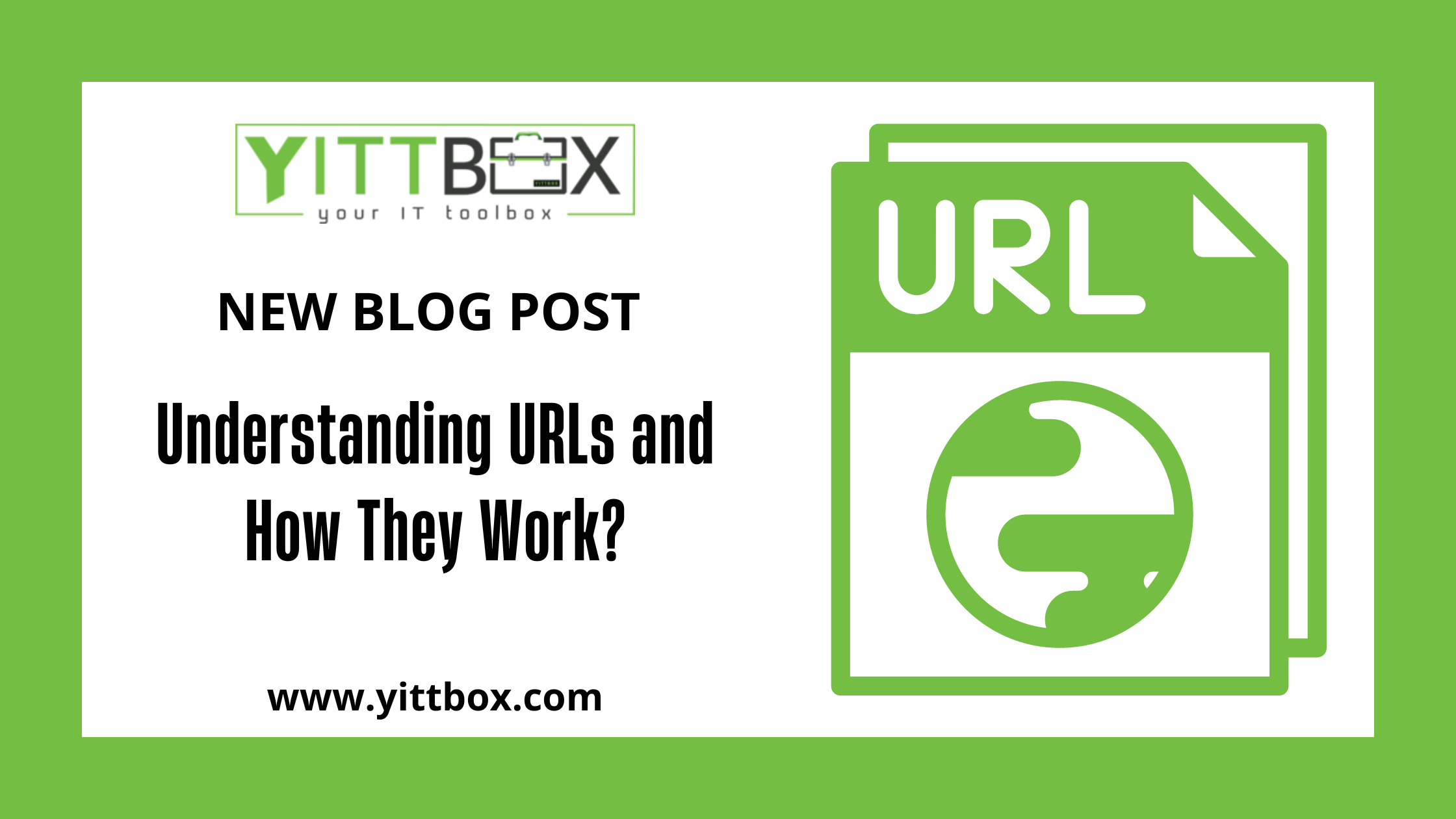There are multiple types of URLs. Every single human who has used Google at least once in their entire life has come face to face with at least one. And yet, not many people know what they are and what they are for. Surprisingly, there are many practical benefits to learning how they work. Plus, it’s easy to understand and is a cool thing to add to your repository of knowledge.
What are URLs?
URL stands for Uniform Resource Locator. In the most basic sense, you can think of it as an address, a locator, that points to a resource. These resources can be a CSS document, an HTML page, an image, a video, and many more.
URLs make it possible for a document or webpage to be accessible anywhere in the world and on any type of device. An example of a URL is https://www.facebook.com/zuck. Whether you use your desktop computer or your phone, accessing this same URL will bring you to the same place–in this case, it’s Mark Zuckerberg’s Facebook profile.
What is the anatomy of URLs?
You can identify the different parts of a URL easily. Just look at how the words are separated.
The first part is the protocol. In this case, it’s “HTTP” which stands for Hypertext Transfer Protocol. Basically, a protocol tells the browser what kind of method it has to use to access the information in this specific address. It’s like language. Someone from Italy and someone from Japan may agree to use English so they can understand each other. Browsers make this agreement, too.
Today, the standard is “HTTPS://” which means that the information contained is encrypted and secure. Next is the domain name. Here, it’s “facebook.com.” Following this is the subdomain. Usually, companies that have different branches all over the world will add “.us” or “.jp” to categorize. Then top-level-domain or TLD is the last portion of the domain name. Examples are “.org,” “.gov,” and “.edu.”
Then there is the subfolder or the category request that tells you the category or the type of page you are accessing. “/blog” is an example.
What are the types of URLs?
There are two types of URLs–absolute and relative.
Absolute URLs look like this: https://www.facebook.com/photo/?fbid=10114661720790801&set=a.612287952871. It contains the complete page address of the data you are accessing.
Relative URLs do not have the domain name and contain everything that comes after it. In this case, it’s: /photo/?fbid=10114661720790801&set=a.612287952871. You link to a relative when you are in the same protocol, domain, and subdomain.
When is knowing URLs useful?
Knowing what URLs are and what they are used for will help you navigate the Internet more safely and efficiently. Just by looking at the URL, you can tell that your information is safe by looking at the protocol. “HTTPS://” signifies that the site uses secure data transfer and encryption.
Knowing the proper structure and best practices for URLs also helps in search engine optimization. This is helpful for people wanting to boost the presence of their blog site or business page on search engines like Google.







